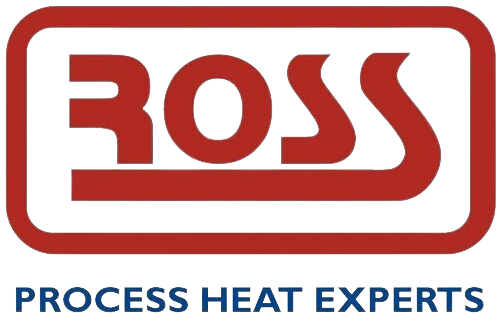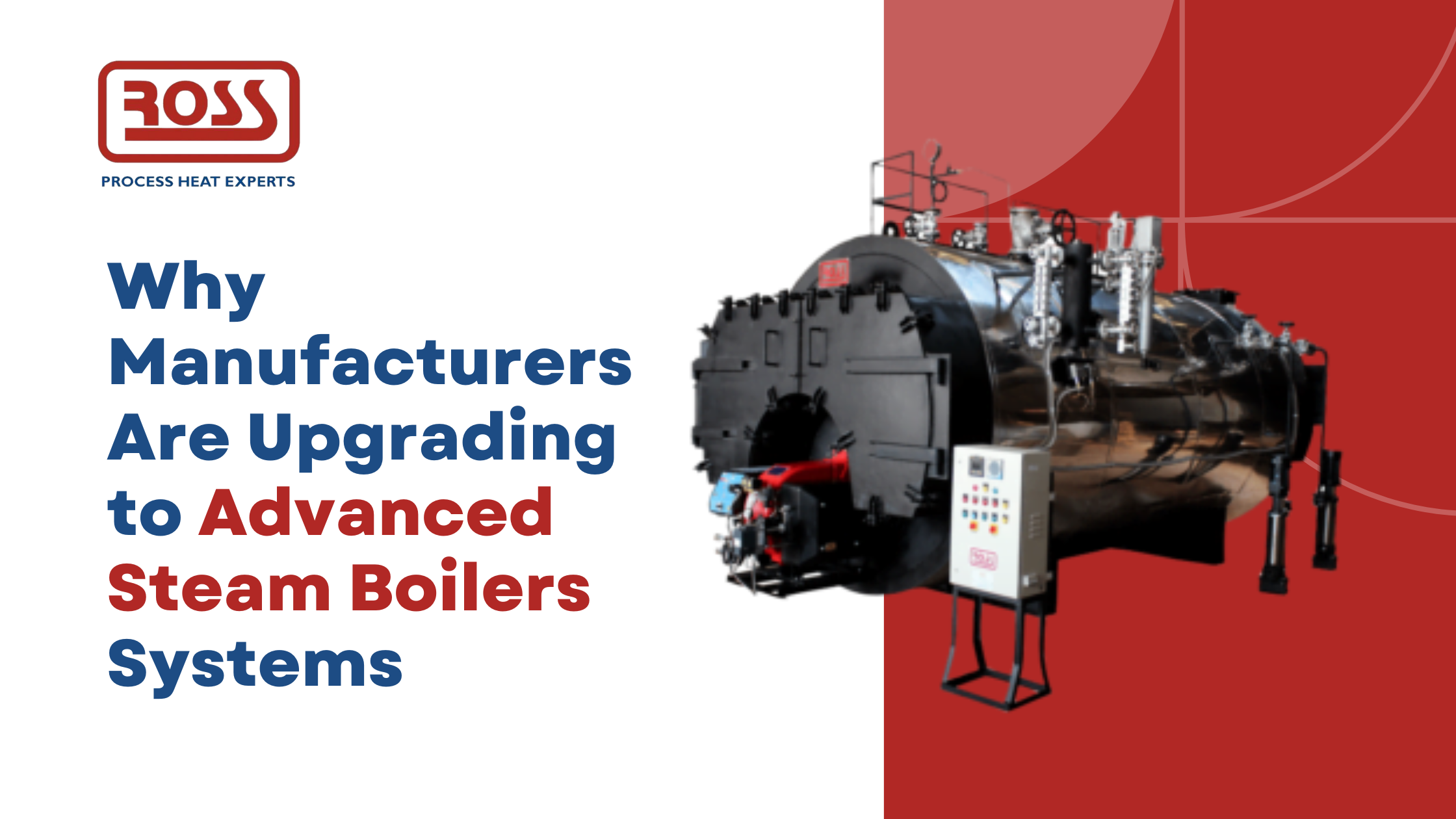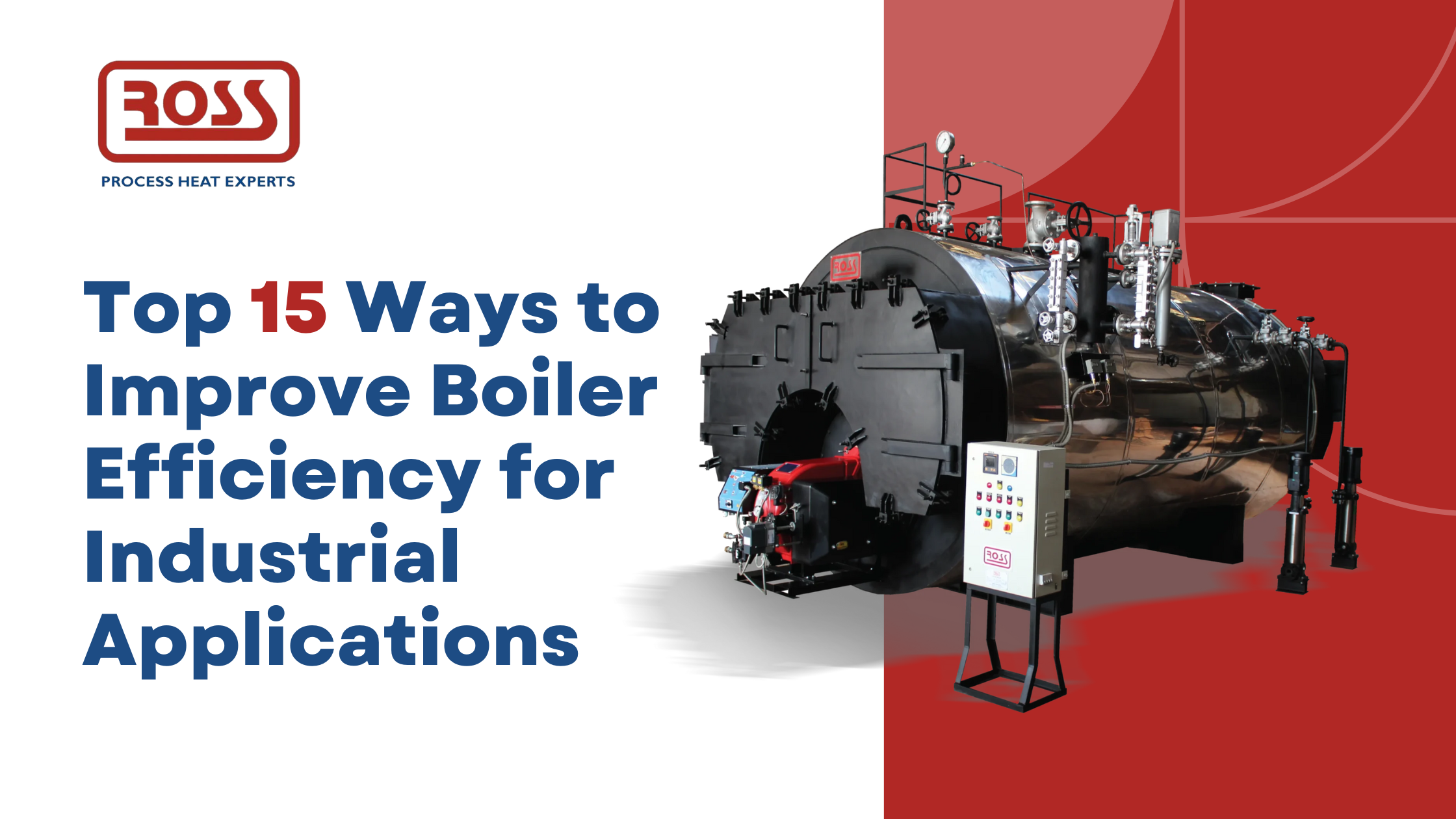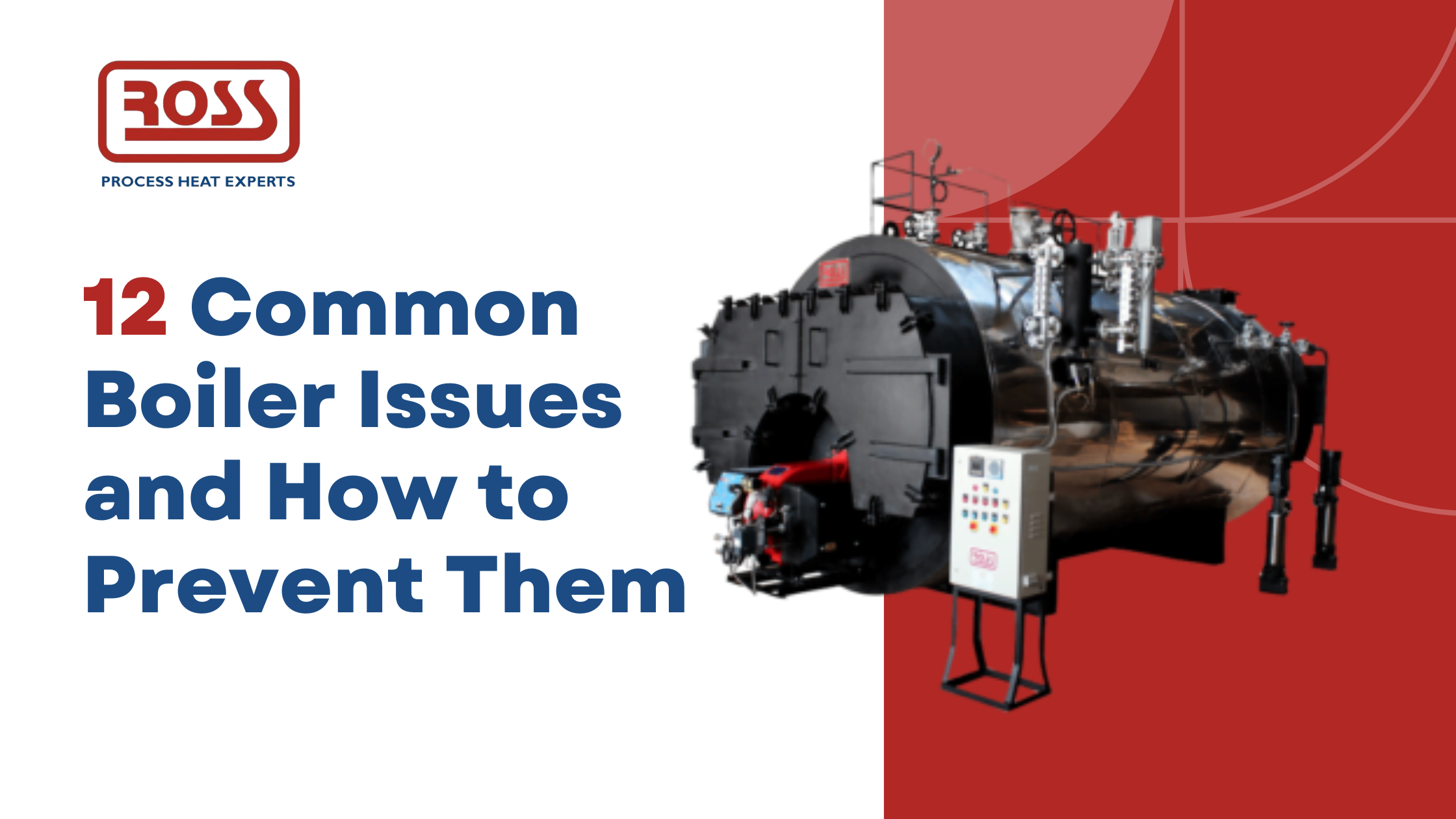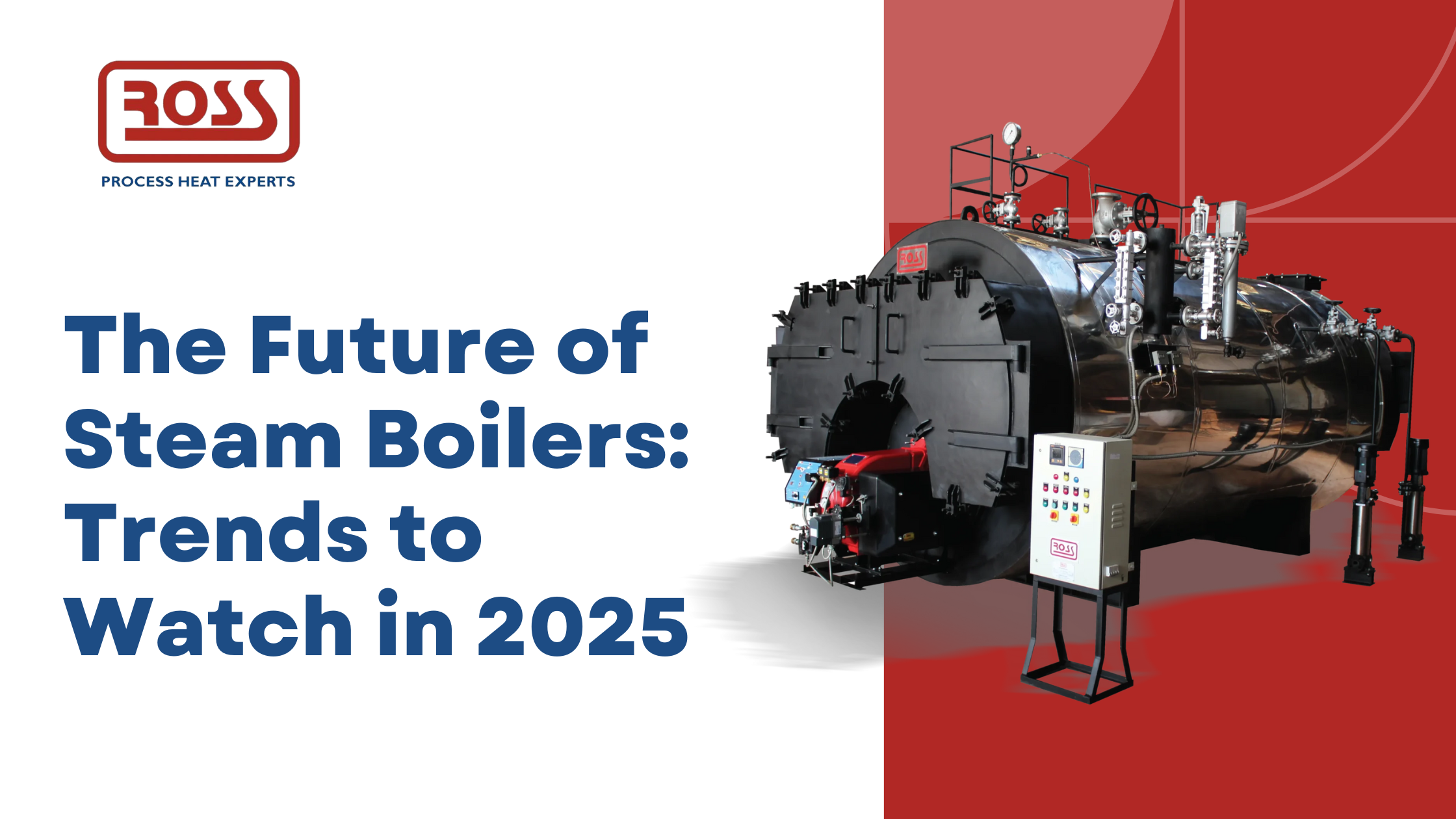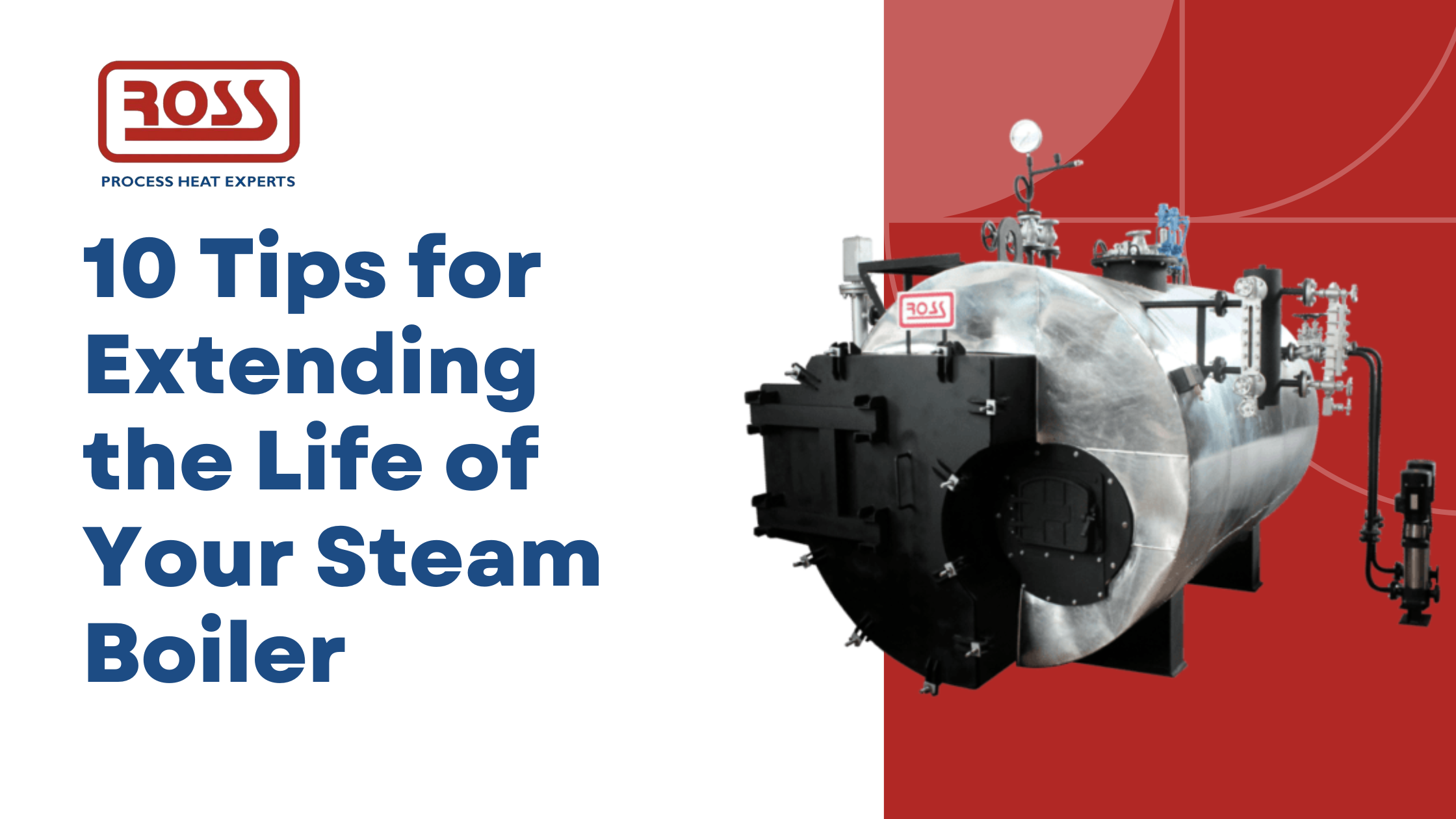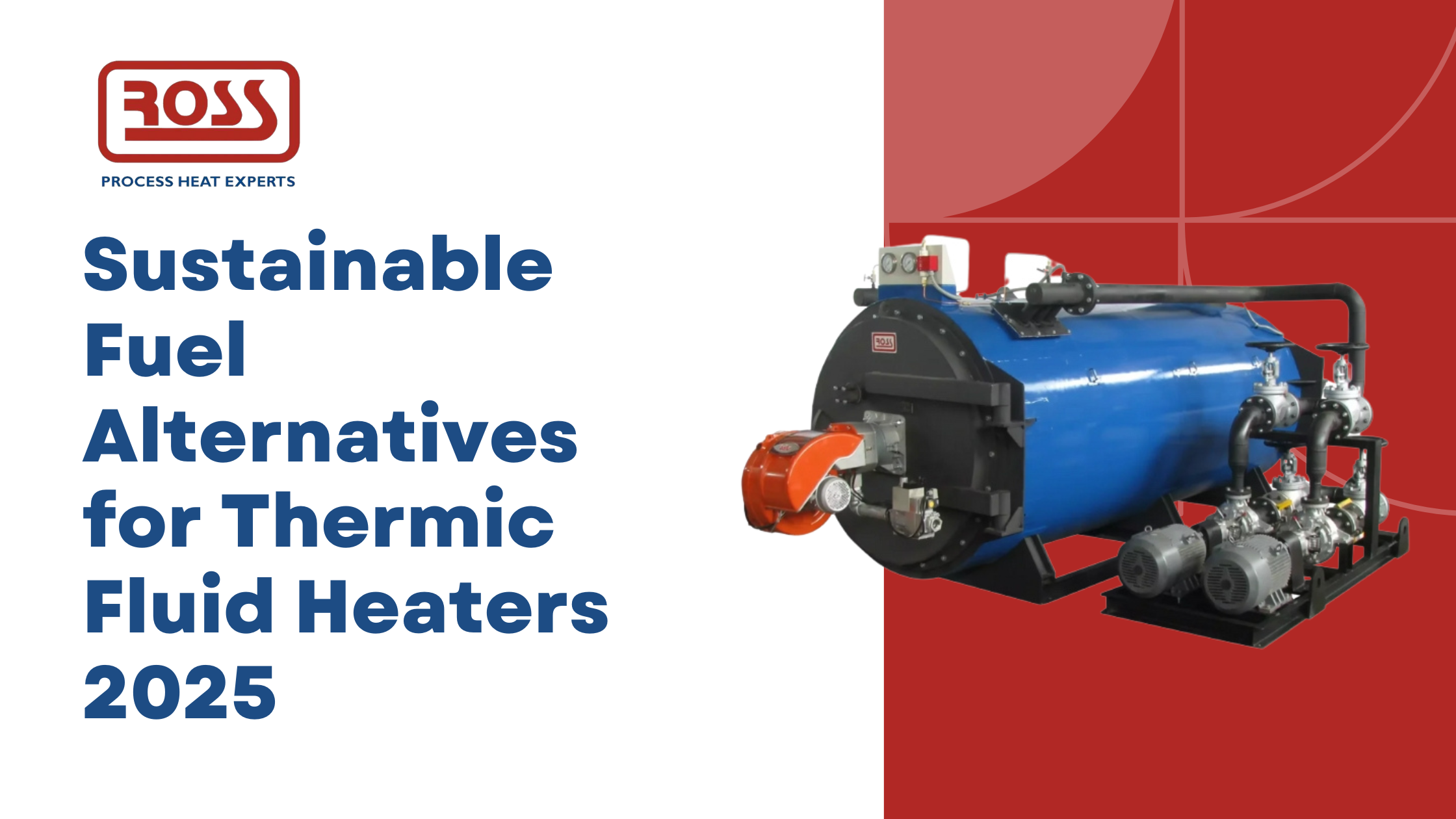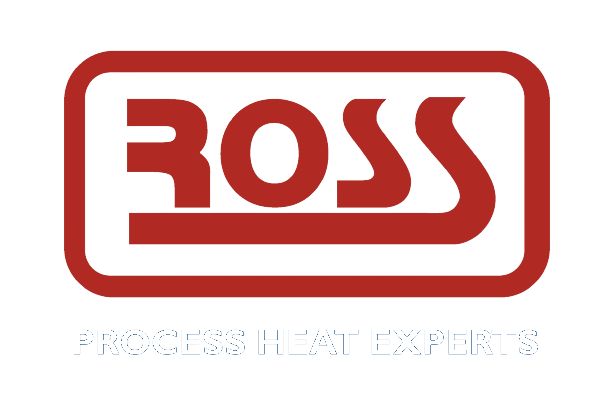Selecting the right steam boiler is a pivotal decision for any industrial operation. It can significantly affect everything from your production efficiency to your overall energy costs. With a myriad of options available, the task might seem daunting. However, don’t worry! We’re here to guide you through the process. Let’s explore the 12 key considerations that will help you make the best choice for your facility, ensuring that you get the most out of your steam boiler investment.
1. Understanding Your Requirements
Before you start browsing different boiler models, take a step back and assess your operational needs. What are you going to use the steam for? Are there specific pressure and temperature levels that are critical for your processes? Understanding your steam demand is the foundation of making a good choice. A boiler that’s perfectly suited for your operations will help maximize efficiency and prevent waste, leading to a smoother production process.
2. Types of Steam Boilers
Once you have a clear idea of your requirements, it’s time to explore the types of steam boilers available. Generally, you’ll encounter two main categories: fire-tube and water-tube boilers. Fire-tube boilers are great for smaller operations. They work by heating water in a tank, where hot gases from combustion pass through tubes. This setup makes them simpler and often more cost-effective. On the other hand, water-tube boilers are designed for larger, high-capacity needs. They circulate water through tubes that are heated externally, making them more suitable for high-pressure applications. Knowing the differences will help you identify which type aligns better with your needs.
3. Fuel Options
Now let’s talk about fuel options, as this is a major factor in your boiler’s efficiency and operating costs. Common fuel sources include natural gas, oil, coal, and biomass. Each fuel type has its pros and cons, influenced by factors like availability, cost, and environmental impact. For instance, natural gas is often favored for its lower emissions and cost-effectiveness, but you’ll need to ensure that it’s readily available in your area. Weighing your fuel options carefully is essential for making an informed choice that balances performance with cost-efficiency.
4. Boiler Efficiency
Efficiency ratings are another critical consideration when selecting a steam boiler. Look for ratings such as Annual Fuel Utilization Efficiency (AFUE) or thermal efficiency. A higher efficiency rating means that a greater percentage of fuel is converted into usable steam, leading to lower operational costs. While it may be tempting to go for a lower-cost option, investing in a high-efficiency boiler can yield significant savings in the long run. A little extra upfront investment can pay off through reduced energy bills and a smaller environmental footprint.
5. Size and Capacity
Choosing the right size and capacity is essential to meet your operational demands effectively. An undersized boiler will struggle to meet your steam needs, leading to delays and potential production issues. Conversely, an oversized boiler can waste energy and lead to increased costs due to unnecessary cycling. Proper sizing involves understanding your steam requirements and calculating them accurately. Taking the time to ensure your boiler is the right size will save you from headaches down the line.
6. Emissions and Environmental Compliance
As environmental concerns grow, it’s crucial to consider the emissions produced by your steam boiler. Many areas have strict regulations regarding emissions, and failing to comply can lead to hefty fines. Ensure that your chosen boiler meets local and national standards. Beyond compliance, opting for eco-friendly boiler options that minimize emissions can enhance your company’s reputation as a sustainable business. It’s a win-win: you protect the environment while potentially reducing operational costs.
7. Maintenance and Support
Maintenance is key to the longevity and efficiency of your steam boiler. Regular upkeep not only helps prevent costly breakdowns but also ensures that your boiler operates at peak performance. When selecting a boiler, look into the manufacturer’s reputation for maintenance support. A good manufacturer should offer comprehensive service options, ensuring you can get help when you need it most. Establishing a solid support system can save you time and money in the long run, allowing you to focus on your core operations.
8. Safety Features
Safety should always be a top priority when it comes to steam boilers. Look for essential safety features such as pressure relief valves, automatic shut-off systems, and safety controls. These mechanisms protect your investment and ensure the safety of your workforce. It’s also important to ensure that your boiler complies with local safety standards. Regular safety inspections should be part of your operational procedures to further minimize risks and ensure a safe working environment.
9. Installation Requirements
The installation process is another important consideration. Make sure to assess the logistics involved in installing your steam boiler. Do you have adequate space for the unit? Are there local building codes or regulations to comply with? Some boilers may require additional infrastructure or modifications to your existing facilities, which can add to the overall cost. By planning ahead and ensuring that you have everything in place, you’ll make the installation process go much smoother.
10. Cost Considerations
When it comes to cost, it’s important to take a holistic approach. Look beyond the initial purchase price and evaluate long-term operational costs, including maintenance, fuel consumption, and potential hidden fees. While a cheaper boiler may seem appealing initially, it might end up costing you more in the long run if it’s less efficient or requires frequent repairs. Conducting a thorough cost-benefit analysis will help you understand the total cost of ownership, enabling you to make a smarter financial decision.
11. Brand Reputation and Reliability
The reputation of the boiler manufacturer can significantly impact your experience. Take the time to research potential manufacturers by reading customer reviews, testimonials, and case studies. A well-regarded brand is more likely to deliver quality products and reliable support. If you have connections in your industry, don’t hesitate to ask about their experiences with different brands. This firsthand insight can be invaluable in guiding your choice.
12. Warranties and Service Agreements
Finally, pay close attention to the warranties and service agreements that come with your steam boiler. A strong warranty can provide peace of mind and protect your investment against unexpected issues. Many manufacturers also offer service agreements for regular maintenance and support, ensuring your boiler remains in top shape. Understanding these aspects can help you avoid unforeseen costs and keep your boiler operating smoothly over the long term.
Conclusion
Choosing the right steam boiler doesn’t have to be a complicated task. By considering these 12 key factors—from understanding your specific requirements to assessing efficiency ratings and manufacturer support—you can make a well-informed decision that enhances your operational efficiency and sustainability. If you’re in the market for a reliable steam boiler, collaborating with a reputable steam boiler manufacturer in the Middle East can ensure you get a high-quality product backed by excellent support.
At Ross Boilers, we design and manufacture industrial steam boilers designed to the specific requirements of our clients. Ross Boilers has been a leading steam boiler manufacturer in Dubai, Al Ain, Ras Al-Khaimah, Sharjah, Middle East, Ajman, Umm Al Quwain, Fujairah, and Abu Dhabi for 25+ years. Contact us to know more.
